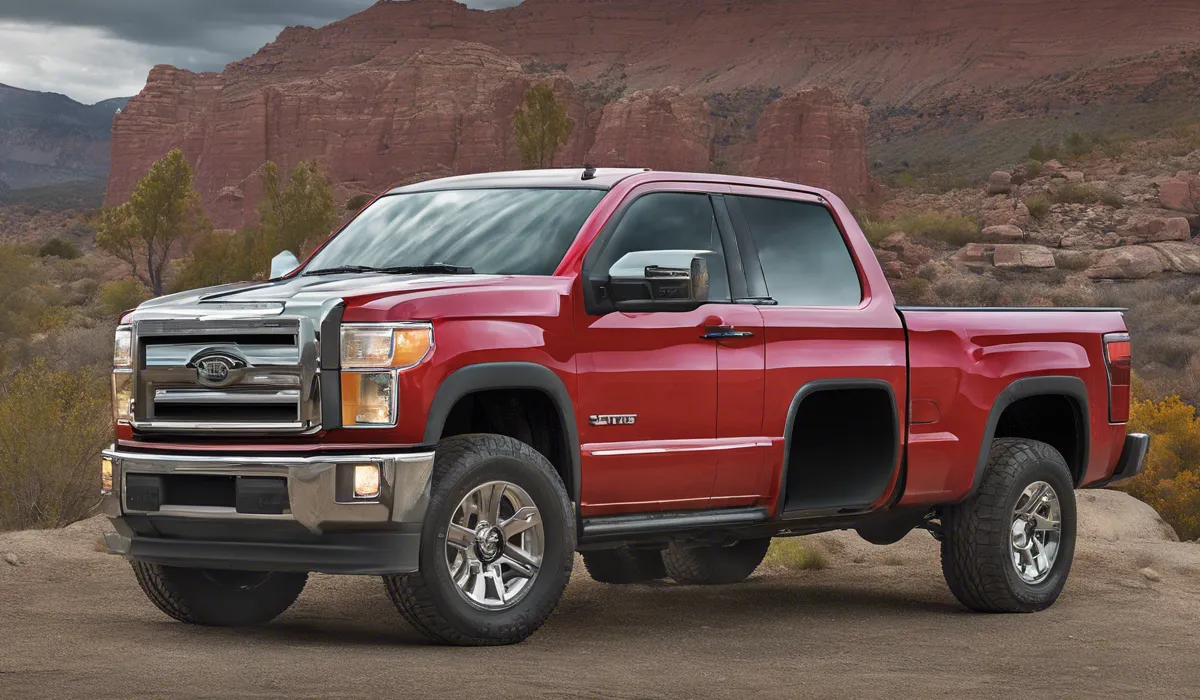To stop your tonneau cover from flapping, ensure it’s properly secured and tensioned. Adjust the tension rods or latches as needed. Check for worn seals or hardware. If required, add support bars or bows to minimize sagging and movement during drives.
Proper Installation and Fitment

Choosing the Right Size Cover
When you’re in the market for a tonneau cover, it’s crucial to select one that’s designed to fit your truck bed perfectly.
A tonneau cover that’s too small or too large can lead to flapping because it won’t sit snugly on the truck bed.
To avoid this, measure your truck bed’s dimensions accurately or refer to the manufacturer’s specifications for your vehicle model.
A properly sized cover is the first step in eliminating unwanted movement and noise.
Adhering to Installation Instructions
Installing a tonneau cover might seem straightforward, but each product may come with its unique set of steps.
Deviating from the provided instructions can result in a loose fit and flapping.
Take the time to read through the manual and follow each step methodically, using the correct tools and parts.
If you encounter any difficulties, don’t hesitate to contact the manufacturer or consult online resources specific to your cover model.
Post-Installation Tension and Alignment Checks
After you’ve installed your tonneau cover, it’s not time to drive off just yet. You need to inspect the tension and alignment.
Most tonneau covers have tension adjustment features that allow you to modify how tightly the cover fits.
The goal is to achieve a taut surface that doesn’t sag or flap in the wind.
Align the cover so that it’s centered and even on all sides, ensuring that it opens and closes smoothly.
The Value of Professional Installation
If you’re not confident in your ability to install your tonneau cover, or if you’ve chosen a complex system, it’s wise to seek professional installation.
Trained technicians will ensure that your cover is fitted correctly, which is essential for preventing flapping.
While there’s an added cost to professional installation, it’s an investment in the longevity and performance of your tonneau cover.
Maintenance and Adjustments

Regular Inspection Routine
To maintain a flap-free tonneau cover, establish a regular inspection routine. Check for any signs of wear and tear, such as fraying or damage to the material.
Inspect the hardware, including the latches, clamps, and mounting system, to ensure that everything is secure.
Addressing issues early on can prevent them from leading to a flapping cover.
Tension Adjustments as Needed
Changes in weather and temperature can affect the fit of your tonneau cover.
Hot weather can cause the material to expand, while cold weather can make it contract.
Adjust the tension rods or latches periodically to compensate for these changes and maintain a snug fit.
By doing so, you’ll keep the cover taut and reduce flapping, no matter the weather conditions.
Replacing Worn Components
Over time, the seals and latches of your tonneau cover can become worn or damaged, which can lead to a loose fit and flapping. Inspect these components during your regular maintenance checks and replace them as needed.
High-quality replacements can restore the integrity of your cover and prevent flapping.
Cleaning and Lubrication
Keeping your tonneau cover clean and well-lubricated can also reduce flapping.
Dirt and debris can build up in the tracks and moving parts, causing the cover to operate less smoothly and increasing the risk of flapping.
Regular cleaning and the application of an appropriate lubricant can keep these parts working as intended, thereby minimizing movement while driving.
Additional Accessories and Modifications

Support Bars for Enhanced Stability
If your tonneau cover is prone to sagging, consider installing support bars or bows.
These accessories span across the width of the truck bed, providing additional support to the cover and preventing it from dipping in the middle.
This is particularly helpful for soft covers that may not have a rigid structure of their own.
Sealing for a Tighter Fit
Weather stripping or additional seals can be added to improve the fit of your tonneau cover.
This not only helps in preventing flapping but also improves the overall weather resistance of the cover, keeping your cargo dry and secure.
Ensure that the seals are compatible with your cover and are installed according to the manufacturer’s guidelines.
Aftermarket Clamps and Locks
For added security and to reduce flapping, consider using aftermarket clamps or locks.
These products can reinforce the attachment of the cover to the truck bed, providing a tighter fit and more stability.
Make sure to choose clamps or locks that are designed for use with your specific tonneau cover to avoid any compatibility issues.
Custom Solutions for Persistent Issues
If you’ve tried all the standard fixes and your tonneau cover still flaps, it might be time to look into custom solutions.
This could involve modifying the cover or the truck bed itself to create a more secure fit.
Custom fabricators can offer solutions tailored specifically to your vehicle and cover type, ensuring that flapping is no longer a concern.
FAQs About Stopping Tonneau Cover Flapping
How can I secure my tonneau cover to prevent it from flapping?
Ensure the tonneau cover is properly secured by adjusting the tension rods or latches to the correct tightness. This will help prevent it from flapping in the wind.
What should I check if my tonneau cover continues to flap?
Inspect the tonneau cover for worn seals or hardware that might need replacing, and ensure that all components are in good condition and properly fastened.
Can adding support bars or bows help stop my tonneau cover from flapping?
Yes, adding support bars or bows can provide extra stability to the cover, minimizing sagging and movement that contributes to flapping.
How do I adjust the tension on my tonneau cover to stop it from flapping?
Locate the tension rods or latches on your tonneau cover and adjust them according to the manufacturer’s instructions to achieve the right level of tension.
Is it necessary to replace the tonneau cover if it’s flapping, or can it be fixed?
It may not be necessary to replace the cover. Often, flapping can be fixed by properly securing and tensioning the cover, or replacing any worn parts.
Final Thoughts
To prevent tonneau cover flapping, ensure it’s well-secured and tensioned correctly.
Regularly adjust tension rods or latches for optimal fit. Inspect and replace any worn seals or hardware.
Introduce support bars or bows if necessary to reduce sagging and enhance stability during transit.
